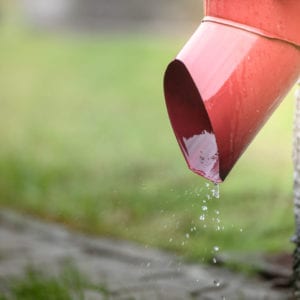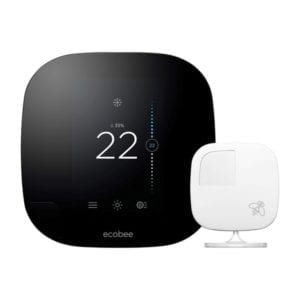Should You Rent a Furnace or Air Conditioner in Ontario?
The option to rent your furnace or air conditioner (in addition to water heaters, which have long been a rental option) is now a reality in our marketplace. They allow for monthly payments and predictable repair costs that are more attainable for some than an initial cash outlay.
When I ask someone why they might rent rather than buy, the answers are usually for peace of mind and cost certainty. I agree these are essential considerations for any family making such an important investment in their home.
Though it seems affordable at first glance, when you look at the big picture, renting a furnace or air conditioner could cost homeowners thousands more than they expect.
So, Should You Rent a Furnace or Air Conditioner?
I have written in the past about the pitfalls of renting, and it bears repeating. The biggest one is that a rental is amortized like a mortgage: you pay off the interest first and then the principal.
This can become a big issue when you sell your home before the contract has expired – what is the buyout, or will future buyers want to inherit a lease on their HVAC equipment? To presume you won’t move during a 10 or 12-year lease may not be in your best interest – change happens in life.
Another issue is that you are locked in with your rental company for service. If it is a particularly busy time – which happens more often than most people think – and your rental company is backed-up a couple of weeks to get to your home, you’re stuck. Another contractor can’t touch that equipment without consequences to you, the homeowner.
One of the challenges with HVAC rentals is that so much of this business has been done by travelling sales reps who knock on your door and pressure you into taking their rental. This has become so problematic the Ontario government recently passed a bill to regulate this activity. The question that comes to my mind is that if this is such a good thing for consumers, why does it require rental companies to resort to such sales tactics?
At AtlasCare we have excellent financing options that, when coupled with an annual protection plan, give you peace of mind along with cost certainty with a contractor you can trust who has been in business for over 85 years. As always, we’re happy to sit down and help you explore your options.
Image: bacho12345





